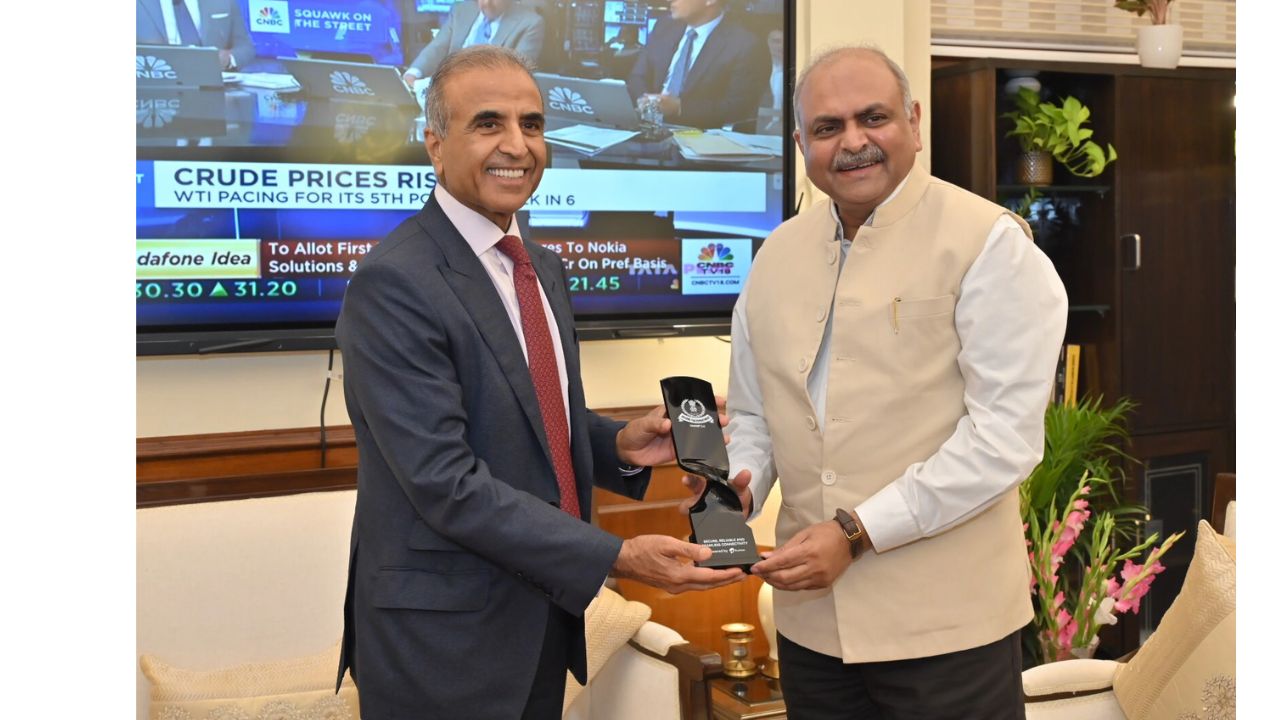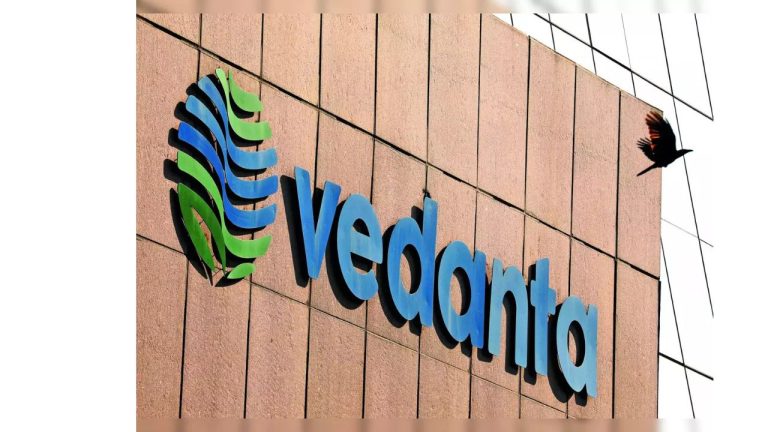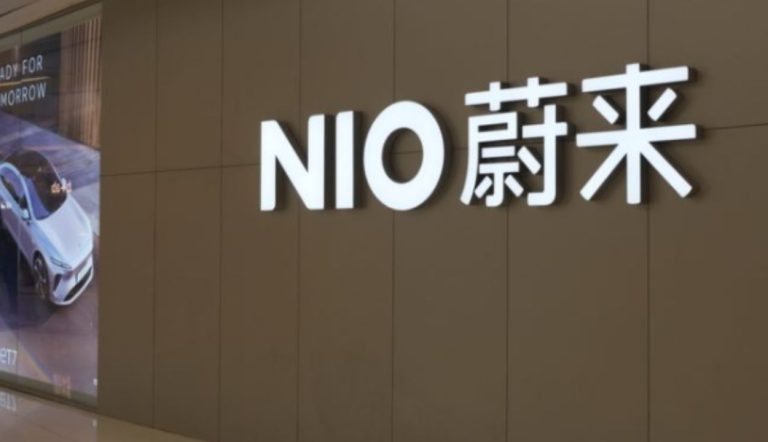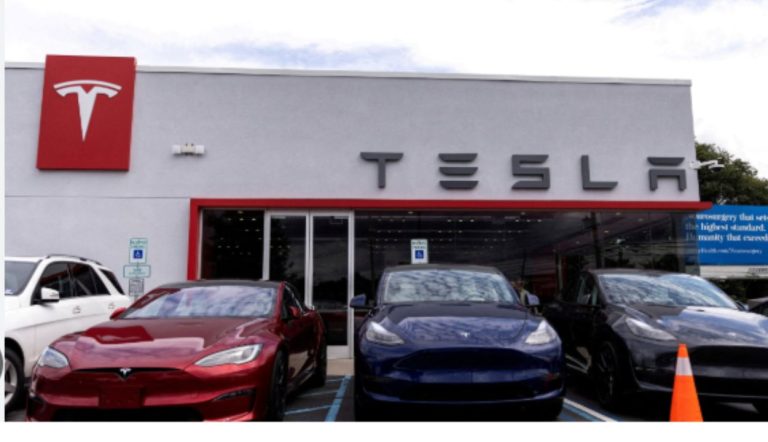Shares of Honasa Consumer Rise 9% on Q3 Earnings: Still Trading 60% Below its Peak
Shares of Honasa Consumer increased by about 9% to ₹222 after the company’s Q3FY25 earnings exceeded expectations. Revenue increased 6% to ₹517.5 crore, but net profit remained at ₹26 crore.
Following the announcement of Honasa Consumer’s December quarter figures, which were somewhat above Street predictions, shares of Mamaearth’s parent company, Honasa Consumer, rose by about 9% in early trading today, February 13, to ₹222 per share.
The company’s consolidated net profit for Q3FY25 was ₹26 crore, unchanged from the previous quarter. Although the firm had recorded a net loss of ₹19 crore in the last September quarter, net profit rose sequentially.
Operational revenue increased 6% to ₹517.5 crore from ₹488.2 crore in the previous year. The general trade (GT) transition’s influence on the channel mix resulted in an underlying volume increase of 1.5% in Q3FY25, which was less than revenue growth.
Due mainly to increased marketing costs, the company’s EBITDA margin dropped from 7% to 5%, while its operating EBITDA of ₹26 crore represented a 24.1% year-over-year (YoY) loss.
Honasa completed a transition exercise for its general trading strategy last year. It decreased its reliance on mega stockists and switched to a direct distribution approach in the top 50 cities. The company’s financials suffered during the July–September quarter due to this change.
According to the company’s Q3 earnings release, “We remained committed to long-term growth in Q3FY25, advancing the strategic implementation of Project Neev to strengthen our offline distribution through direct distributors in the top 50 cities.”
The corporation increased its home penetration and market share throughout the quarter. The brand’s distribution increased by 22% yearly to reach 216,814 FMCG retail stores in India.
Honasa’s new brands, Dr. Sheth’s, Aqualogica, BBlunt, and The Derma Co., have grown by more than 30% yearly. Furthermore, 9MFY25’s emphasis categories—face wash, shampoo, serums, moisturizers, sun care, and infant care—grew by about 18%.
The business declared to keep growing in these areas to capture a sizable portion of the market within three to five years. Additionally, the company anticipates that the moisturizing market will expand quickly as customers move away from conventional cream forms.
As awareness grows, customers are using avarusecareproducts, including sunscreen, serums, and toners. Lightweight moisturizers are becoming increasingly popular because they enable layering with other skincare products. According to Honasa, the moisturizer market is expected to increase from ₹3,172 crore in 2024 to ₹5,962 crore in 2027.
How should Honasa Consumer Shares be Traded After Q3?
According to brokerage ICICI Securities, Honasa’s Q3FY25 performance was essentially the same as Q2FY25, with younger brands continuing on the growth trajectory (>30% YoY in Q3FY25; >40% salience). In contrast, Mamaearth saw a decline as strategy refresh pilots are currently being tested; the results of these pilots are anticipated to boost growth in FY26.
Operating leverage was the leading cause of the operating margin drop, although it should return to normal starting in FY26. “We think the market is only giving Mamaearth around 28% of Honasa’s worth at the present market capitalization. It gave the company a purchase rating with a price of ₹400 and stated, “We see this as an opportunity for long-term investors.”
After the Q3 FY25 results, JM Financial kept its purchase recommendation on Honasa but lowered the target price from ₹340 to ₹285. We reduced our expectations by about 12% since we are accounting for a more slow recovery. Since several major FMCG incumbents have also experienced distribution revamps and inventory corrections despite having far more expertise, we are optimistic that recent efforts are on the right path. The firm stated that values at 2.4/2.1x FY26/27E sales are not costly following a significant downturn.
Stock Trades 60% Below Recent Peak:
After making its Dalal Street debut in November 2023, the company’s shares saw a robust upswing over the following ten months, culminating in a record high of ₹547 per share in August 2024. But since then, the stock has been losing money each month as it has struggled to keep up its momentum. The stock has dropped 57% in the last seven months, including the present one. It has made a 60% correction from its high.







